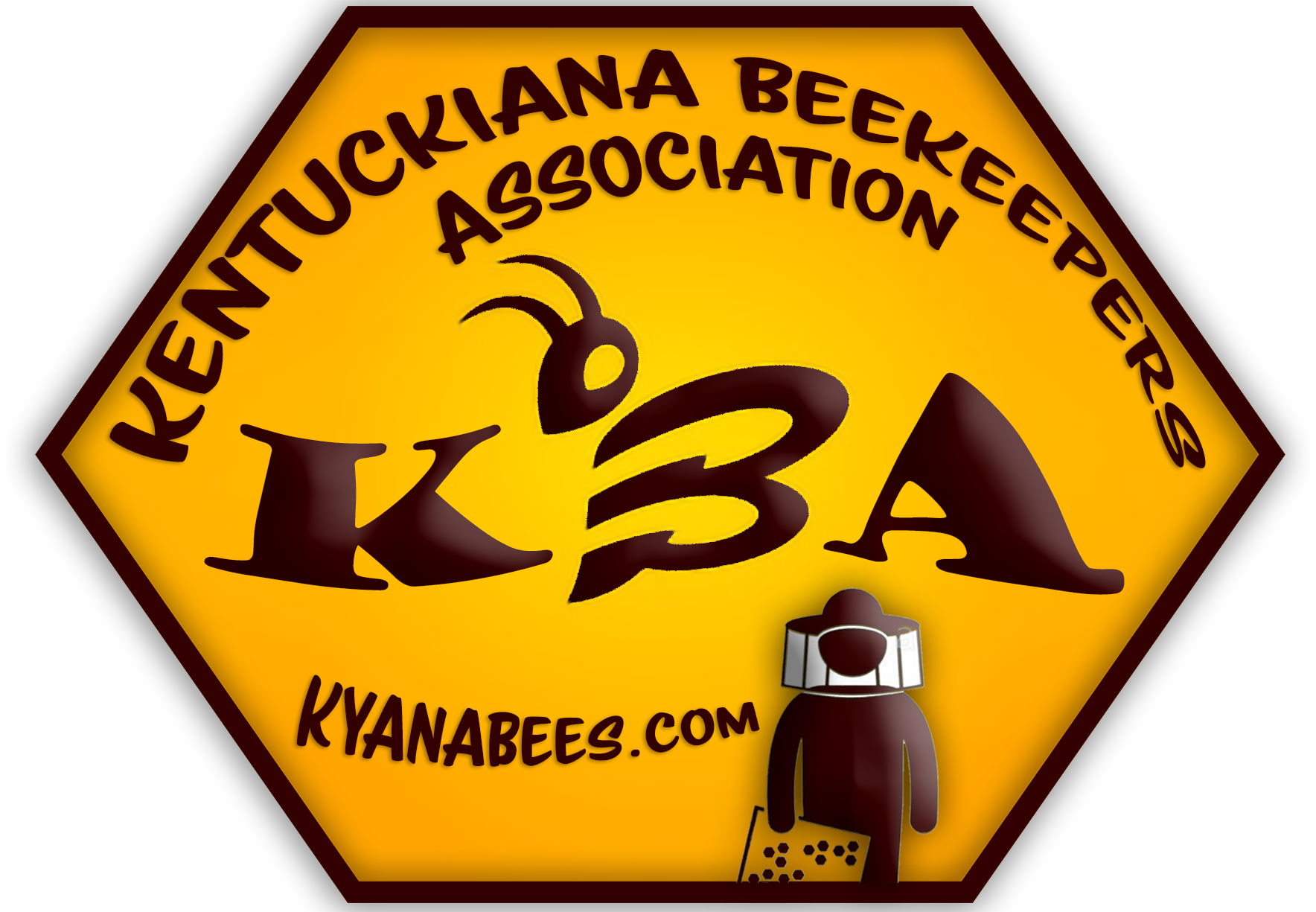March Bee Calendar - What's Happening Inside the Hive
What’s Happening Inside The Hive?
March is a critical time for the bees. The bees will thrive or suffer depending on weather and your management. Tracheal mites, starvation, and nosema disease are the main enemies at this time.
The bees are starting to rear more brood, but it’s an erratic process. Dandelions and henbit appear as significant pollen and nectar sources. For a few warm days the bees bring in the pollen and feed larvae. The queen increases her egg laying. Then a cold spell hits, and the cluster contracts. Often some of the brood is left outside of the cluster and starves. The bees destroy this dead brood. Brood in the center of the cluster matures, and young worker bees emerge to join the colony. Then the weather warms up again, the queen resumes her egg laying, and this cycle continues. Gradually, young worker bees replace all of the old “winter” bees that were reared last year.
The bees have consumed a lot of honey through the winter but have not had a chance to make new honey, so stores are low. Brood rearing requires the bees to consume honey rapidly for two reasons : First, the hungry larvae demand a lot of food. Second, the brood cluster temperature must be raised to above 90o. To reach that higher temperature, the worker bees eat honey and generate more heat by “shivering” with their flight muscles. This is why starvation in March is a real danger. If you find a ball of dead bees in the comb, each with its head in a cell, that’s a sure sign of starvation.
The long period of confinement can take its toll in the buildup of tracheal mites and nosema disease. Both tend to increase through the winter because the bees are confined and unable to fly frequently.
Beekeeper Chores
Vegetable shortening patties and menthol should go into the hive as treatments for tracheal mites. The shortening is particularly helpful because it works better than menthol in cool weather. If you use Apicure (formic acid) gel packs for varroa control, this is a good time to put them in the hives. Apistan or Checkmite strips should be installed if they were not installed in February
If the bees are low on honey, feed with sugar syrup. This will boost brood rearing. The best time is when the weather is predicted to be warm (highs of 60o or above) for several days. The bees will not break their cluster to take the syrup during cold weather. Include Fumadil B mixed into the syrup, to control nosema disease. Nosema disease hurts the bees’ ability to rear brood. A good start on brood rearing in spring time is essential for honey production or crop pollination later on.
Remove the entrance reducer, a wooden strip that restricts the entrance of the hive. The bees will soon need more room to come and go.
Be sure you have your empty frames, supers, and new foundation ready. Beekeeping supply companies experience a rush of orders from last-minute beekeepers in April. If it happens to be a good year for honey you don’t want to miss it because you didn’t order equipment in time.
Observations and ideas
This may be the time to look for new apiary sites, especially if you plan to add to your number of hives. The need for windbreak will be most apparent in winter and spring. The hives should also have direct sunlight from the south and east. Easy access by car or truck is also a plus, if you plan on hauling a good honey crop. Later in the spring, look for bee forage in the vicinity. Pasture, tobacco fields, and most cultivated farm land is “desert” as far as the bees are concerned. If the hives are not close to or visible from the nearest road you will have fewer worries about vandalism. Avoid apiary sites that may be bothered by livestock. A large animal can easily knock over a hive.
Source: http://www.ksbabeekeeping.org/wp-content/uploads/2015/11/beecalendar.pdf







